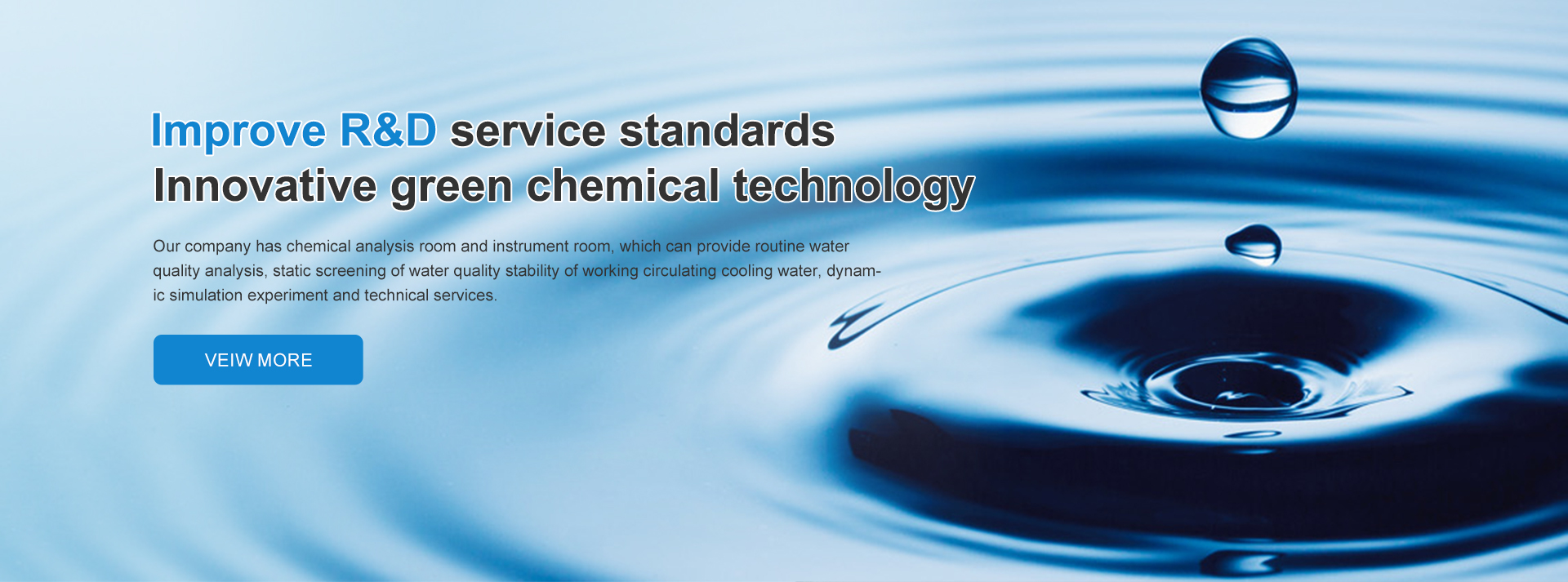pbtc chemical pbtc
Understanding PBTC The Versatile Chemical in Modern Applications
PBTC, or Phosphonobutane Tricarboxylic Acid, is a versatile chemical compound that has gained significant attention across various industries due to its unique properties and effectiveness as a scale inhibitor and dispersant. This article explores the characteristics, applications, and benefits of PBTC in various fields, particularly in water treatment and industrial processes.
Chemical Structure and Properties
PBTC is a phosphonate compound characterized by its ability to chelate minerals, effectively preventing the formation of scale in various systems. Its molecular structure includes multiple carboxyl groups, which enhance its solubility in water and enable it to interact favorably with metal ions. This property makes PBTC an excellent candidate for applications where scale formation is a concern, particularly in water treatment systems.
Applications in Water Treatment
One of the primary applications of PBTC is in water treatment processes. Water used in industrial operations often contains high levels of calcium, magnesium, and other minerals that can precipitate out and form scale on equipment surfaces. This scale can lead to reduced efficiency, increased energy consumption, and higher operational costs. PBTC acts as a powerful scale inhibitor, effectively preventing the crystallization of minerals and allowing for a more efficient water treatment process.
In cooling towers and boilers, PBTC is particularly valuable. It helps maintain optimal functioning by inhibiting the deposition of scale and corrosion. By controlling these factors, industries can prolong the lifespan of their equipment and reduce the frequency of maintenance checks, resulting in significant cost savings.
pbtc chemical pbtc

Benefits for Industrial Processes
Apart from water treatment, PBTC is widely used in various industrial processes, including oil and gas extraction, textile manufacturing, and chemical production. Its ability to act as a dispersant allows for the stabilization of suspensions and emulsions in these applications. For instance, in the oil industry, PBTC helps to prevent the formation of scale in pipelines and equipment, thereby ensuring a smoother flow of crude oil and reducing the risk of clogs and blockages.
Additionally, PBTC has found its way into the textile industry, where it is used during dyeing processes. Its role in enhancing color fastness and reducing dye waste has made it a preferred choice among manufacturers aiming to improve both the quality of their products and their environmental footprint.
Environmental Considerations
As industries increasingly focus on sustainability, the role of chemicals like PBTC becomes more prominent. PBTC is known for its lower environmental impact compared to traditional phosphates, which can contribute to water pollution and eutrophication. By utilizing PBTC, industries can mitigate these environmental risks while still achieving effective results in water treatment and other applications.
Conclusion
In summary, PBTC stands out as a highly effective and versatile chemical with numerous applications across various sectors. Its role as a scale inhibitor and dispersant in water treatment and other industrial processes not only enhances operational efficiency but also supports environmental sustainability. As industries continue to seek innovative solutions to complex challenges, PBTC is poised to remain an essential component in modern chemical applications, paving the way for a more efficient and eco-friendly future.
-
Pbtc Scale InhibitorPBTC: A Scale Protector for Industrial Water TreatmentNewsAug.05,2025
-
Organic Phosphonate: An Efficient Defender in the Field of Scale InhibitionNewsAug.05,2025
-
Hydrolyzed Polymaleic Anhydride: Green Pioneer in Scale Inhibition FieldNewsAug.05,2025
-
PAPEMP Polyamino Polyether Methylene Phosphonic Acid For SaleNewsAug.05,2025
-
Flocculant Water Treatment: A Pioneer in Purification in the Field of Water TreatmentNewsAug.05,2025
-
Benzyl Isothiazolinone: An Efficient and Broad-Spectrum Antibacterial Protective GuardNewsAug.05,2025





